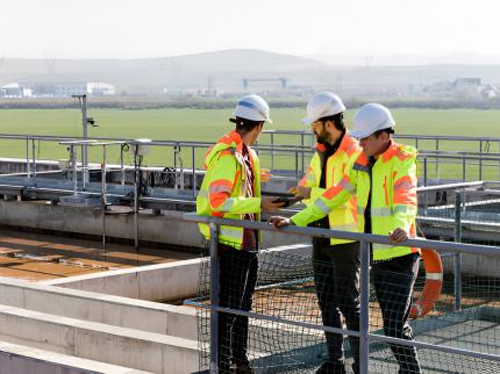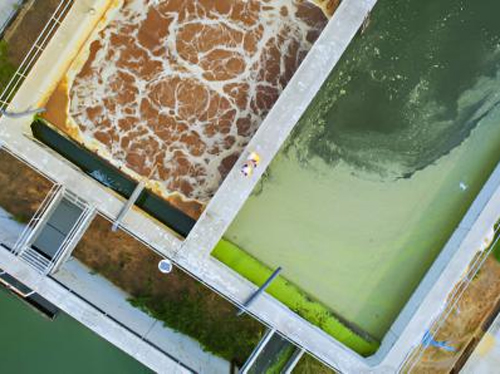 +86 13600513715
+86 13600513715
How JUNTAI’s SOTE Curve Can Benefit You
Optimizing Operational Costs
The primary advantage of the SOTE curve is its ability to reveal how efficiently your aeration system operates. By showing the oxygen transfer efficiency, it helps you determine if your system is using energy in the most efficient way possible. A higher SOTE means that less energy is required to achieve the same oxygen transfer, directly translating into reduced operating costs. By comparing different JUNTAI products based on their SOTE curves, you can choose the most cost-effective solution for your treatment needs.
Assessing Performance
The SOTE curve acts as a visual tool to assess the performance of your equipment under different operational conditions. It provides a benchmark for expected performance, so you can easily evaluate whether your system is operating as efficiently as it should. This performance insight is especially valuable when scaling up or optimizing existing systems. If a system is not performing as expected, comparing its actual efficiency to the SOTE curve can help identify potential issues.
Early Detection of Issues
One of the most valuable uses of the SOTE curve is its role in early problem detection. If the actual oxygen transfer efficiency deviates significantly from the expected curve, this could indicate that something is wrong with the system, such as clogging, damage, or poor aeration. Identifying these discrepancies early helps prevent more serious issues and allows for targeted maintenance before costly breakdowns occur. This not only saves time but also minimizes the risk of system failure, ensuring the longevity of your equipment.







